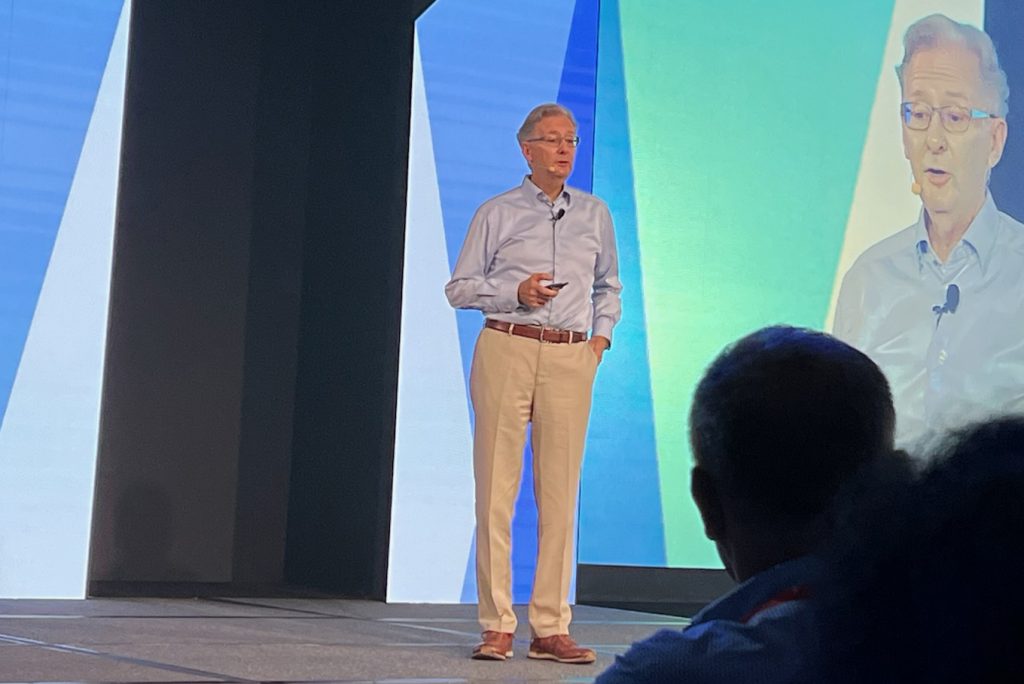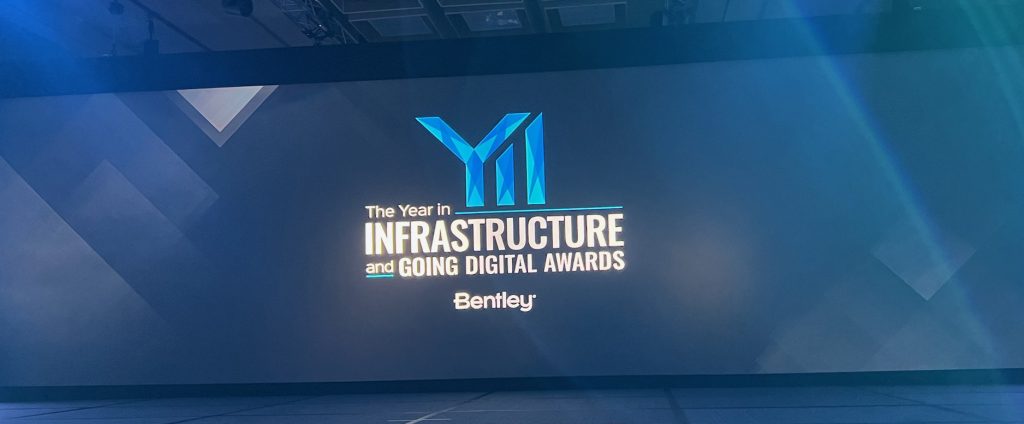Earlier this month, I had the opportunity to go to Singapore to attend the annual Year in Infrastructure conference. Here Bentley Systems addressed key industry challenges—namely the engineering resource capacity gap—and highlighted solutions.
“There is already an average of one unfilled position for every 10 infrastructure engineers at work,” says Greg Bentley, CEO, Bentley Systems. “In fact, presumably as a result of this engineering resource capacity gap, it seems that our application users are working days that are longer by an average of 23 minutes since pre-pandemic 2019. So, all of us who contribute to infrastructure engineering are ever more busy, going digital together by choice and by necessity.”

During his keynote, Bentley pointed out the benefits of going digital, saying they should be widespread through automation, replication, standardization, and adoption, pointing to specific examples right there in Singapore.
“By virtue of going digital, Singapore is advancing infrastructure intelligence as I would like to explain and show through our users’ work,” he says.
Bentley Systems estimates the company’s engineering users collect roughly 100 million new unique digital components per month within their respective ProjectWise environments. This offers up infrastructure intelligence benefits across construction, operations, and maintenance. As a signal that digital twins are reaching greater adoption, the proportion of Going Digital Awards finalists crediting iTwin has risen to 64% in 2023.
Bentley highlighted multiple infrastructure intelligence strategies that organizations are using. This includes reusing digital components, integrating subsurface modeling, and incorporating, into evergreen digital twins, operational data from IoT (Internet of Things) sensors, drones, and even crowdsourcing.

Following Bentley’s keynote, Bentley Systems’ product and technology leaders explained how the company’s offerings increasingly help users derive greater infrastructure intelligence from their data.
As one example, with iTwin capabilities and workflows natively integrated, Bentley Open Applications will be able to automatically create digital twins during the design process, enabling users to collaborate in realtime, evaluate the impact of changes more seamlessly, reduce rework, and expedite infrastructure intelligence.
Perhaps one of the hottest topics of discussion at this show was the rise of generative AI (artificial intelligence), which the company also highlighted its existing analytical AI capabilities, powered by iTwin, for asset monitoring. Executives articulated its multi-faceted approach to generative AI for design. The big takeaway here is generative AI can be used to reduce the amount of time spent on project documentation by automating tasks.
All in all, the future is digital and construction companies have an opportunity to tap into the value that is offered by technology. More is certain to come in the days and years ahead.
Want to tweet about this article? Use hashtags #construction #IoT #sustainability #AI #5G #cloud #edge #futureofwork #infrastructure


